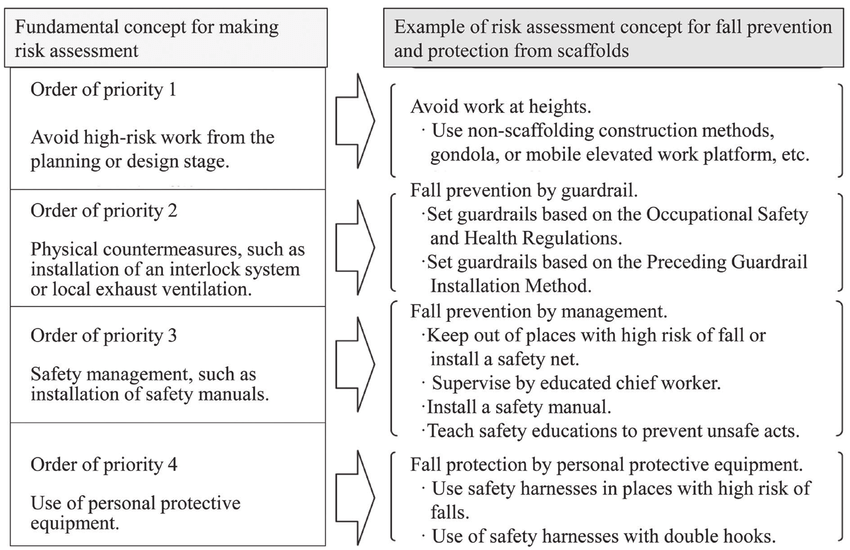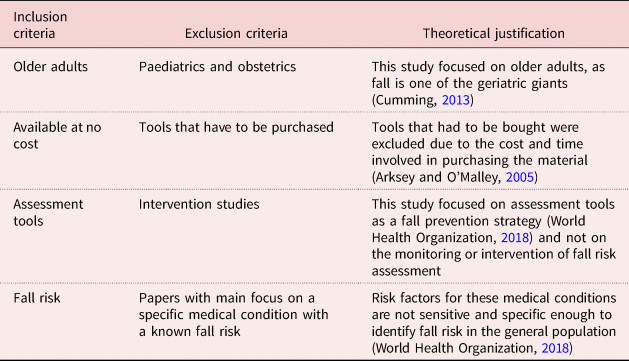Not known Facts About Dementia Fall Risk
Wiki Article
What Does Dementia Fall Risk Mean?
Table of ContentsRumored Buzz on Dementia Fall RiskThe 9-Minute Rule for Dementia Fall RiskHow Dementia Fall Risk can Save You Time, Stress, and Money.How Dementia Fall Risk can Save You Time, Stress, and Money.The Ultimate Guide To Dementia Fall Risk
In the community, insufficient street lights or vulnerable creeks and land fills may additionally create mishaps. Falls Danger Analysis Device (FRAT) is a 4-item falls-risk testing device for sub-acute and residential treatment. The FRAT has three areas: drop danger status, threat factor list, and activity plan. A Fall Threat Status consists of data concerning history of current falls, drugs, psychological and cognitive status of the person.If the individual scores on a threat variable, the equivalent variety of points are counted to the individual's autumn danger score in package to the much appropriate. If a patient's loss danger rating completes five or greater, the person goes to high threat for drops. If the person scores only 4 factors or reduced, they are still at some threat of dropping, and the nurse must utilize their best medical evaluation to manage all autumn threat aspects as component of an all natural care plan.
These standard strategies, as a whole, assist develop a secure setting that decreases unexpected drops and defines core safety nets for all individuals. Signs are crucial for patients in jeopardy for drops. Healthcare companies require to acknowledge who has the problem, for they are responsible for carrying out actions to promote individual security and avoid drops.
The Basic Principles Of Dementia Fall Risk
For example, wristbands should consist of the person's last and given name, date of birth, and NHS number in the UK. Details should be printed/written in black against a white history. Only red shade needs to be utilized to signal unique client status. These referrals follow existing advancements in individual identification (Sevdalis et al., 2009).
Items that are also much might call for the patient to reach out or ambulate unnecessarily and can potentially be a risk or add to falls. Aids protect against the client from heading out of bed with no assistance. Registered nurses reply to fallers' call lights faster than they do to lights launched by non-fallers.
Aesthetic problems can considerably create falls. Keeping the beds closer to the flooring decreases the risk of drops and serious injury. Putting the bed mattress on the flooring considerably reduces autumn threat in some health care setups.
What Does Dementia Fall Risk Mean?
Patients who are tall and with weak leg muscles that attempt to remain on the bed from a standing setting are likely to drop onto the bed since it's also low for them to lower themselves safely. If a tall person attempts to obtain up from a reduced bed without support, the person is likely to fall back down onto the bed or miss out on the bed and drop onto the flooring.They're designed to promote prompt rescue, not to stop falls from bed. Audible alarms can additionally remind the try this out patient not to rise alone. Using alarms can also be a substitute for physical restrictions. In addition to bed alarm systems, raised supervision for high-risk people also might help protect against falls.

Clients with a shuffling stride boost fall possibilities dramatically. To decrease fall risk, footwear should be with a little to no heel, slim soles with slip-resistant step, and sustain the ankle joints.
The Definitive Guide for Dementia Fall Risk
In a research study, homes with appropriate lights record fewer falls (Ramulu et al., 2021). Enhancement in lighting at home may minimize fall prices in older adults.
Caretakers work for assuring a secure, safeguarded, and risk-free environment. Studies demonstrated really low-certainty evidence that caretakers decrease loss threat in acute care health centers and just moderate-certainty that alternatives like video clip site tracking can minimize sitter usage without raising loss threat, suggesting that caretakers are not as beneficial as initially believed (Greely et al., 2020).
How Dementia Fall Risk can Save You Time, Stress, and Money.

Enhanced physical conditioning reduces the threat for drops and limits injury that is endured when fall takes place. Land and water-based exercise programs might be similarly beneficial on equilibrium and gait and consequently minimize the risk for drops. Water exercise might contribute a positive advantage on balance and stride for females 65 years and older.
Chair Surge Workout is a basic sit-to-stand from this source exercise that aids enhance the muscular tissues in the thighs and buttocks and boosts movement and freedom. The goal is to do Chair Surge workouts without utilizing hands as the client becomes more powerful. See sources area for a comprehensive direction on how to carry out Chair Increase exercise.
Report this wiki page